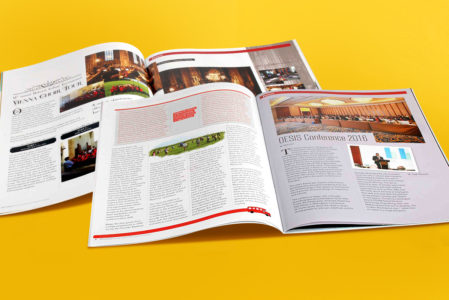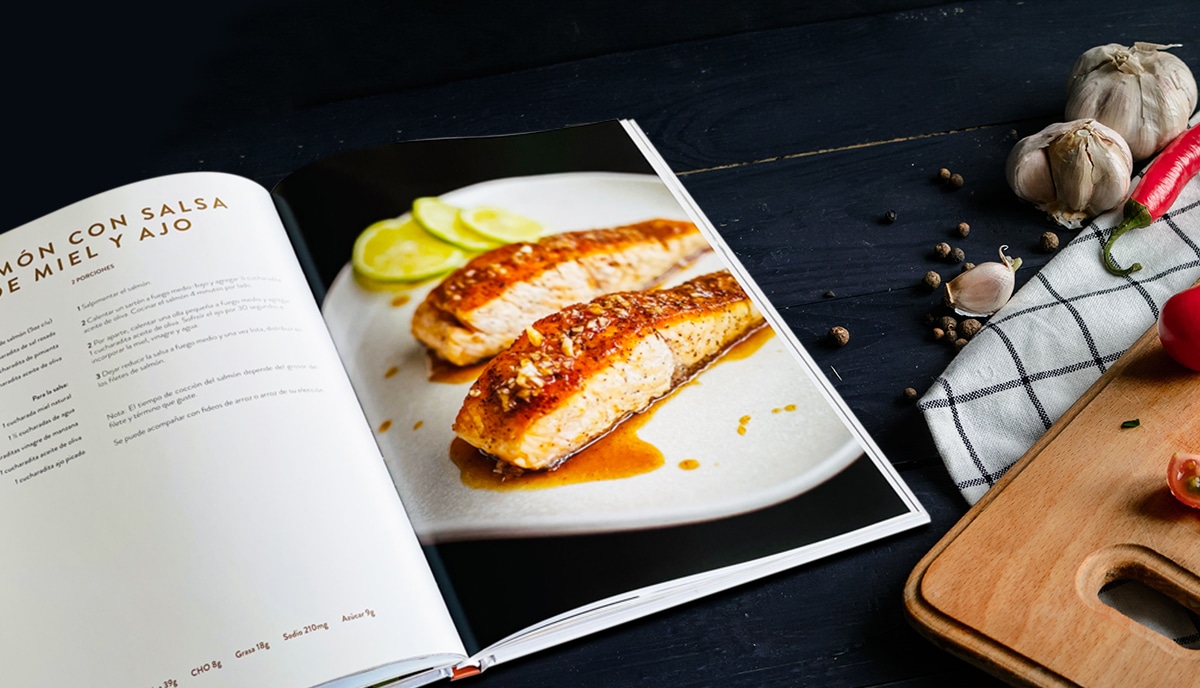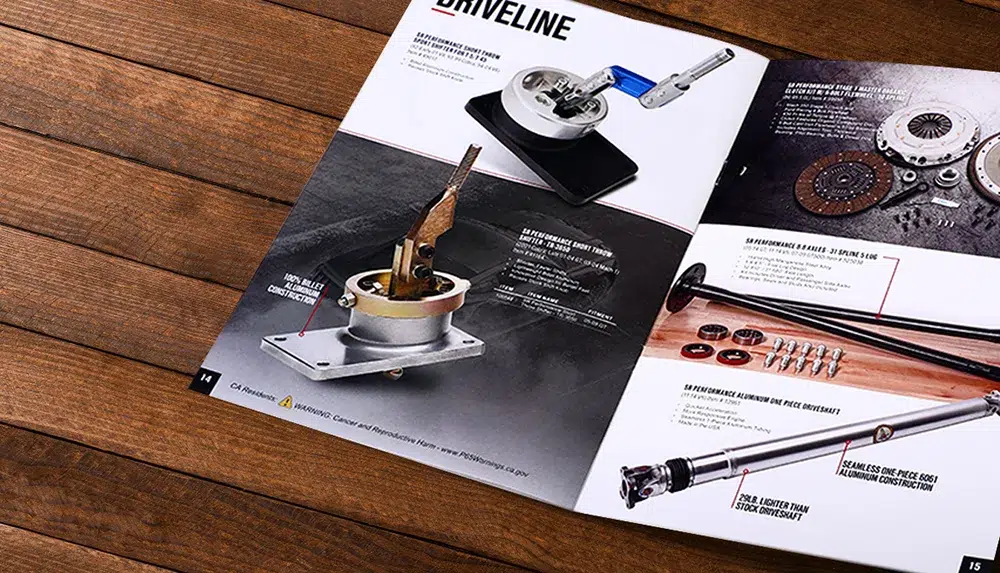Outreach, communication, and customer or client retention can all be served by producing a business newsletter or magazine. Here, we explore the similarities, differences, pros and cons of each format to help you choose the best option for your needs
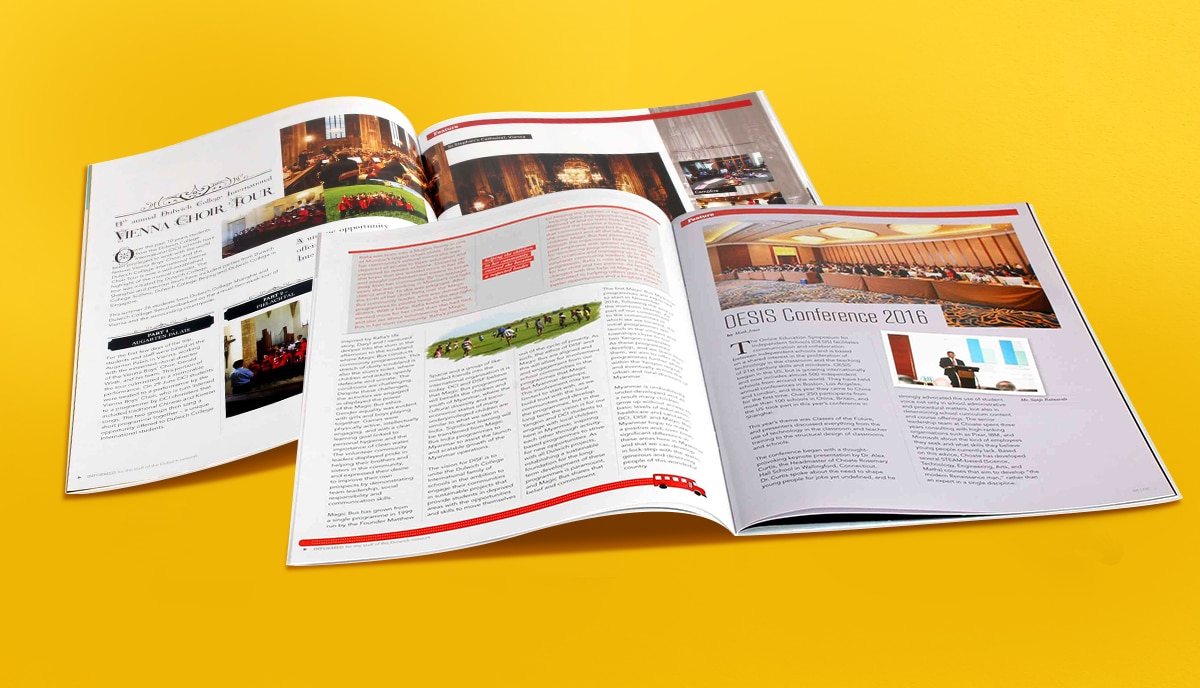
In the world of business, there are two powerful ways you can use print media to keep your brand top of mind with your customers, attract new customers, deliver news and updates, promote product releases, sales, and offers, demonstrate your social and environmental agendas, and encourage feedback, reviews, and engagement from your clients: newsletters and magazines. But while they may seem similar at first glance, there are distinct differences between the two, and they each serve different functions.
At QinPrinting, we print both newsletters and magazines regularly for our business clients and we’ve been a world leader in the offset printing industry for upwards of 25 years – so we flatter ourselves that we know what we’re talking about! To help you decide which of these media would be best for your business – and you might decide to run both a magazine and a newsletter – we’ll explore the differences and similarities, looking at general factors, content, format, and distribution methods. We will also discuss the pros and cons of each type of publication, as well as why we believe you should use offset printing – rather than digital – to produce your business publications.
General differences between newsletters and magazines
So, we sat down in the office with a big pile of random printed newsletters and magazines from a range of businesses and non-profits, a good old-fashioned notebook and a pen, and wrote the differences between them (when these differences were fairly consistent) and the similarities. Then we discussed what we thought about the pros and cons of each format and wrote that down, too. Now, we’ll share what we discovered with you.
Newsletters
- All about one focused topic and/or a few tightly related subtopics
- Written for a targeted audience
- Either free to the reader or supported by subscriptions and donations
- Brief – rarely over four pages or a single fold
- Mostly text, minimal use of graphics, photos, and illustrations
- Don’t have a cover, just start on page one
- Usually written by one person with an occasional guest contribution
- Mostly news and information focused content
Magazines
- Content covers a range of subjects broadly related to the business
- Written for a wider audience, including those who may never have heard of the business
- Usually supported by a mix of subscriptions and selling advertising space
- Longer than newsletters — often between 46 and 100+ pages
- Most lavishly illustrated with photos, graphics, and other artwork
- Usually have a glossy cover
- Multiple authors including an Editorial (usually by the CEO), regular columns, reviews, opinion pieces, current affairs, finance, and even humor and cartoons.
- Many also include “Letters to the editor” pages
It’s clear from this that newsletters and magazines should be easy enough to distinguish from each other. It’s equally obvious that your publication could also land in a “gray area” between a newsletter and a magazine – for example, if you have only a few pages and a focused niche topic but use multiple authors, sell advertising, and include full-color photography. But whether you choose to call your publication a newsletter or a magazine, you may wonder why print it in the age of email and websites?
Traditional print and electronic formats: which to choose?
Traditionally, magazines and newsletters are both print publications. Most magazines keep a printed edition even if they have a mirror publication online, perhaps associated with a website or blog. Many newsletters are still printed, although more are delivered electronically these days straight into the virtual inboxes of the subscribers. However, email newsletters are common, especially as a publication to support a website. With electronic publications, there are no obvious visual clues from the layout and type of printing to say whether it’s a newsletter or a magazine. The content and audience become the primary criteria for determining if the publication is a magazine or a newsletter. With printed editions, the cover, page count, layout, and binding all contribute to its definition.
Why do so many businesses and non-profits choose to issue printed newsletters and magazines? The first answer is that research shows that most people still prefer to read printed materials wherever possible. A recent study conducted by Stora Enso showed that 65% of people prefer reading in a printed format compared to an electronic one. The second answer is that printed newsletters and magazines can be positioned in physical locations – in stores, newsstands, office foyers, hotels, libraries, service stations, conference centers, and more – to reach potential readers who would be beyond your reach with a purely electronic campaign. And third, a professionally printed newsletter or magazine speaks volumes about your brand’s success and authority.
There may be other reasons to print your newsletter or magazine, but those are the key points worth giving serious consideration.
Now, to further help you decide between a newsletter or a magazine, let’s look at the pros and cons. Again, this may not be an exhaustive list, but it should be a helpful one. You needn’t know the details of the heated water cooler debate that finally produced this list. Let’s dive in.
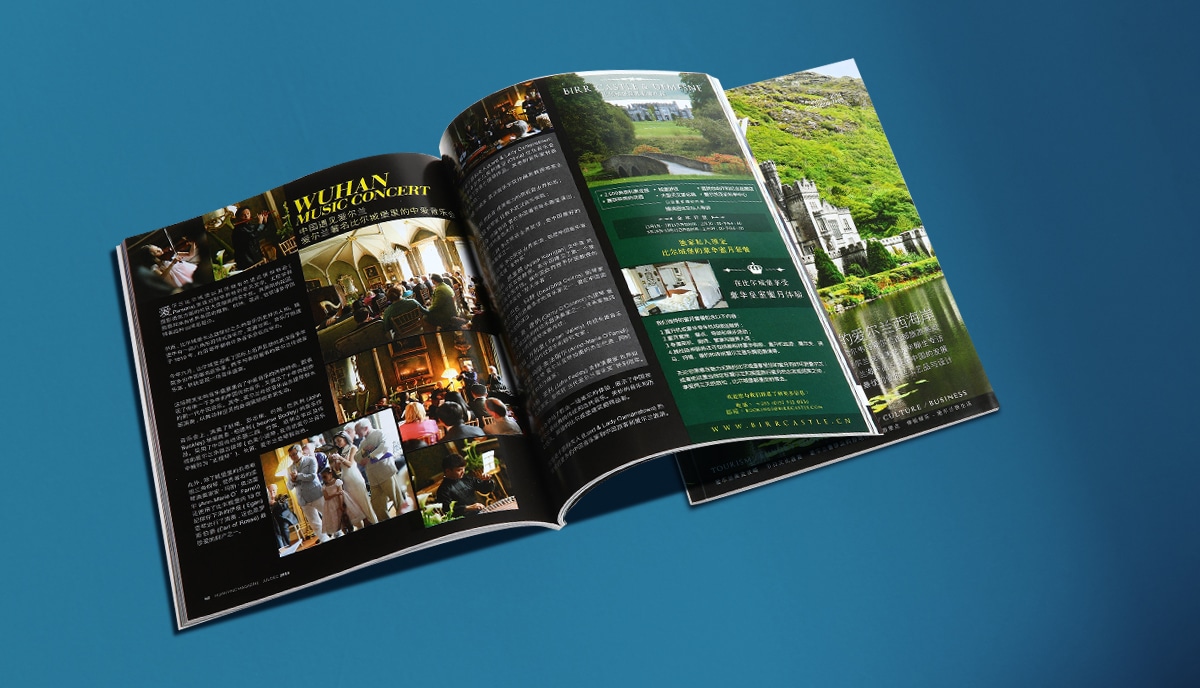
Newsletter advantages
- A highly targeted audience focused on a single topic allows for advanced discussion and expert information sharing.
- A versatile support platform that is both cheaper and easier to produce
- A good chance that you can handle all the content creation in-house
- The brief length allows for a quick turnaround and a more frequent delivery schedule
Newsletter disadvantages
- Limited distribution and a smaller readership
- Less useful for outreach as with a newsletter you’re “preaching to the converted”
- More text-heavy and less glossy than print magazines
- Unlikely to attract advertising revenue
Magazine advantages
- A flexible balance of text and graphics.
- Longer and more in-depth content
- Can be visually stunning and eye-catching
- Supported by subscriptions, advertising, or both
Magazine disadvantages
- More expensive to produce and slower turnaround
- More general audience demands for less specialized treatment of topics
- Requires more than one person to write, design, edit, proofread, and format for printing
Newsletters vs. magazines
A newsletter usually has articles about one principal subject. It may have multiple authors or only one author, although as we noted before, most of the newsletters we saw had a single primary author or only one author per issue. Newsletters are written for a group of people with a common interest and they probably have both experience and expertise in that subject. For this reason, newsletters may contain technical jargon or specialized language that isn’t readily understood by the public.
Like magazines, newsletters are available by subscription to interested parties or distributed to members of an organization. Newsletters are supported primarily by subscriptions, organizational membership fees (club dues), or paid for by a publishing authority, such as an employee newsletter or a marketing newsletter which is free at the point of delivery. While you will find it harder to sell advertising space in a newsletter, you can raise revenue by using it to “upsell” your own products and services or – if you are a non-profit – solicit donations.
Newsletters come in a variety of sizes, although letter size is a typical newsletter format. Newsletters are rarely over 12 to 24 pages, and most only one to four pages. Newsletters may not require binding, might use saddle-stitching, or may be a single folded sheet (giving four pages with no binding). Newsletters typically have the nameplate and one or more articles on the front, with no separate cover.
There is no rule that newsletters can’t be printed in four colors on glossy paper, or that magazines have to be. However, newsletters are more likely to be black and white or spot color publications, while magazines are frequently full-color glossies.
A magazine usually has articles, stories, or pictures on multiple subjects (or multiple subjects on a particular overall theme) by multiple authors. Magazines are written for the public or a broad base of customers with a minimum technical jargon or specialized language. Typically, even special interest magazines which deal with a particular sport or hobby, say, are written with a general audience also in mind.
Magazines are available by subscription or from newsstands and are often heavily supported by advertising. Like newsletters, magazines come in various sizes, from digest to tabloid size. Magazines are significantly longer than newsletters — from a few dozen pages to a hundred or more.
The most common, significant visual difference between a magazine and a newsletter is the cover and including photographs and illustrations. Unlike newsletters, magazines usually have a photographic cover that includes the name of the publication, graphics, and perhaps headlines or teasers about what is inside that issue. Magazines also use saddle stitching or perfect binding, depending on the number of pages.
Final verdict: newsletter or magazine?
There may be a lot of overlap between magazines and newsletters. However, newsletters are usually better for smaller, targeted audiences, while magazines fit a larger, general-interest audience. People who work on newsletters know their audience and aim to provide text-heavy content that caters to their specialized knowledge, experience, and interests. Meanwhile, magazines have a wider circulation with a greater visual element and treat a wider range of themes and topics. So, with the above information in mind, you should be able to make a final verdict and decide which is right for your needs. Either way, you’ll need to print it, so we’ll look at that next.
Offset printing for newsletters and magazines
Offset printing is a popular method used to produce high-quality, professional-looking newsletters and magazines. This technique is the most cost-effective for large-scale print runs while also offering the widest range and quality of paper materials, inking options, color reproduction, and special finishes such as lamination, varnishing, spot UV coating, and more. All the magazines you see on your newsstand have been printed using offset printing techniques.
Newsletters and magazines serve different purposes and cater to different audiences. By understanding the key differences between these two types of periodicals, you can make informed decisions about which format is best suited for your needs. Whether you choose to create a targeted newsletter or a general-interest magazine, offset printing can provide the high-quality results you need to make a lasting impression on your readers.
Let’s talk!
If you’re a business or a non-profit wanting to print a magazine or newsletter — and only the finest product and unbeatable customer service at the best prices will do — we should talk. Get in touch today to chat through your needs or to ask for a no-obligation quote. We can’t wait to help you make your magazine or newsletter printing project into a great success!
